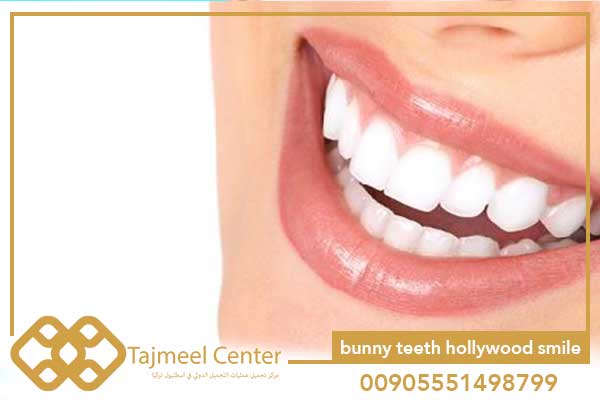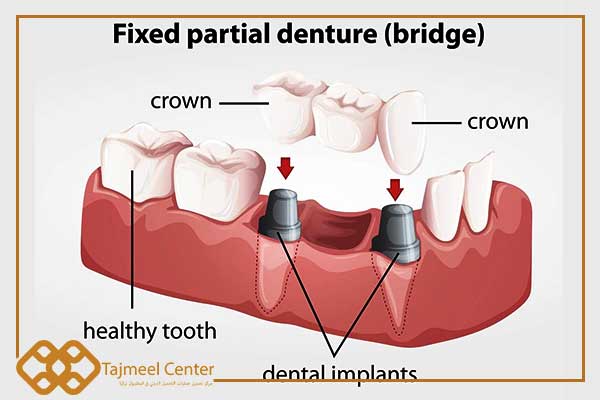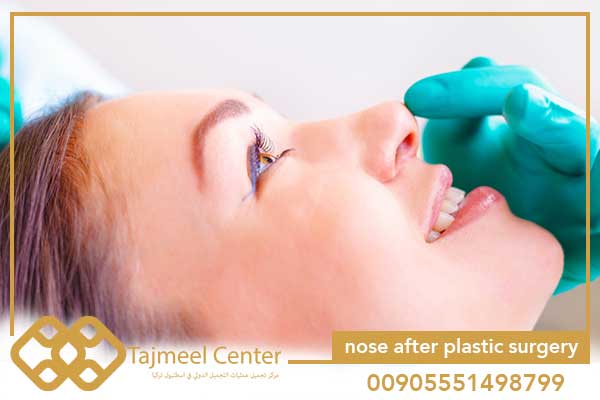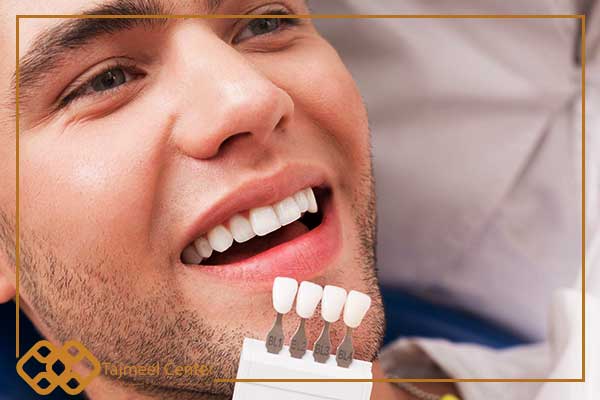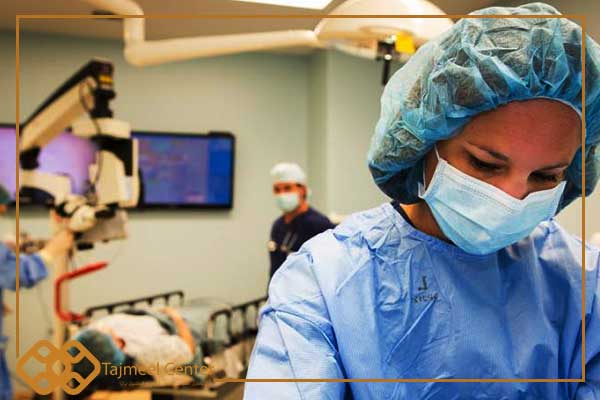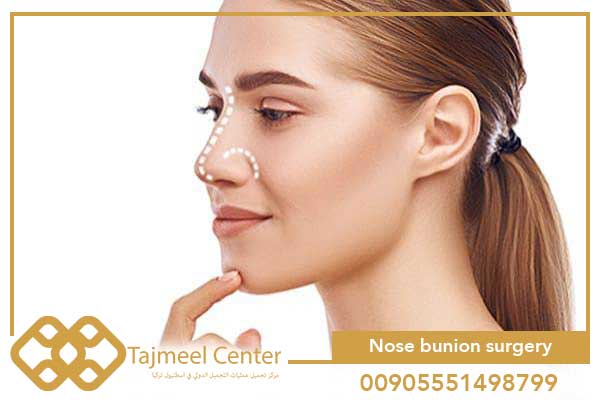Dental crowns
Dental crowns
dental crowns | Dental implants and orthodontics are essential in the world of therapeutic and cosmetic dentistry , especially if you are looking for a beautiful smile and want to get rid of pain, tooth decay and its problems. For this reason, the methods and techniques used in dental treatment varied, and among the most important of them was prosthodontics.
Prosthodontics is considered one of the most specialties and sectors that have received a great deal of development in the last two decades, as new methods have been found for fixtures, crowns and bridges that are installed in the patient’s mouth, as they give us distinguished cosmetic and functional results, and in light of this great progress in In the field of dental prosthodontics, we have devoted this article from Istanbul International Cosmetic Center to talk about cosmetic dental crowns in detail.
We offer you the services we would want for ourselves, entrusting you to the expert hands of the best dentists in Turkey, based on the reviews of numerous past experiences
Cosmetic crowns
We will talk about cosmetic crowns through the following points:
- Cosmetic crowns , sometimes called dental veneers , are prosthetic pieces that can be a single piece or several pieces (a synthetic bridge).
- It is used to restore broken or decayed teeth.
- This is in order to preserve the original teeth, restore their aesthetic shape and functional role, and prevent them from being damaged or permanently lost.
- It is also worth noting that the idea of covering teeth with a metal casing is not a new idea.
- Cosmetic dental crowns made of gold were found in a number of pharaonic tombs.
- As a result of the medical development taking place in various sectors of dentistry, prosthodontics have become distinctive shapes that closely mimic the shapes of natural teeth.
- Cosmetic crowns are also useful in cases of dental bridges, where the crown of one of the teeth is used to install a complete bridge that may be three or four pieces.
Types of dental crowns
There are several types of dental crowns that differ in color and the material with which they are made. These types are:
Metal crown dipped in porcelain
- This type of dental crown is made of metal.
- Then this metal is covered with porcelain, which is cooked from a color that is very similar to the color of the patient’s teeth.
- Where this metal crown completely covers the stump of the tooth to be covered.
- So that it gives a distinctive aesthetic view, and it appears as if it were the original tooth.
- But if the patient suffers from the problem of receding gums , then the metal part of the crown will appear from the lower side.
- In this case, we have lost the aesthetic aspect of the crown, as the doctor must, in this case, treat the patient’s gums.
- After that, a crown with a metal heart is installed, or we install a crown made of zircon .
Dental crowns made entirely of porcelain
- It is a dental crown made entirely of break-resistant porcelain, with a wonderful aesthetic shape.
- This type of dental crown is mainly used to cover the front teeth that are visible, especially when smiling.
- However, it must be taken into account that crowns made of porcelain are less durable and resistant than crowns made of metal.
- Therefore, the dentist should not use it to cover the molars that are exposed to large loads.
Zircon crown
- It is one of the types with a distinctive aesthetic shape.
- Whereas, in terms of installation, it is completely similar to the previous type.
- However, the surface material of the crown is made of zircon, which can mimic the basic color of the natural tooth more than porcelain.
- Therefore, it is highly recommended for the front teeth.
Who needs dental crowns?
The installation of cosmetic dental crowns is done in the following cases:
- Cosmetic crowns are installed for people who do not suffer from problems or diseases in the gums .
- Cosmetic crowns and bridges are also installed for people who suffer from broken or cracked teeth.
- People who suffer from pigmentation of the teeth are considered candidates for the installation of cosmetic crowns.
- People who suffer from tooth decay are also considered candidates for the installation of cosmetic crowns.
Advantages of installing dental crowns
The installation of dental crowns has many advantages, including:
- A dental crown protects a weak or decayed tooth that has been filled from breaking, or a chipped tooth is protected and supported.
- Through a tooth crown, we can restore a broken or severely worn tooth, as the veneer gives it a solid texture and an acceptable shape that enables us to chew on it.
- By means of veneers or dental crowns, we can fix the bridge in its place, and thus gain a missing tooth.
- With dental veneers, we can cover deformed teeth.
- Prosthetic crowns also help us cover dental implants, in addition to the possibility of performing a cosmetic modification of the teeth.
Defects of dental crowns
The installation of a crown for the tooth has many complications, including:
Tooth sensitivity:
- When the patient’s teeth are sensitive, this will play a negative role when installing the crown.
- This is because the fez will put pressure on the tooth from the top or from the sides.
- Which will lead to an exacerbation of sensitivity, so it is necessary to inform the doctor that you suffer from tooth sensitivity in advance.
- Porcelain crowns are often more susceptible to cracking and fracture, because their resistance is not high.
- Also, for crowns with a porcelain cover and a metal template, excessive pressure can cause the porcelain cover or veneer to break, which leads to the appearance of the metal surface, with no need to re-stick the ceramic veneer as long as the metal is still intact.
- The crown can loosen from its place if the adhesive that was used to stick the crown is not original.
- Bearing in mind the need to inform the doctor if you feel that the crown is moving, even if it is a slight movement, in order to reinstall it.
- It is possible that the patient suffers from an allergy to the material from which the crown is made, but this case is considered one of the rare cases.
- Some patients may suffer from gingivitis after fixing the tooth veneer, and then the gums will bleed and some sores may appear on the gums, so the patient must treat the gums as soon as possible, in order not to exacerbate the inflammation.
How to install dental crowns
The installation of the crown or crown of the tooth to be treated usually takes three visits to the dentist, where the dentist performs the following:
- The dentist first examines the tooth for which the crown is to be installed.
- Where this examination may include an x-ray in order to ensure the extension and safety of the roots of the teeth.
- The doctor can also take a gypsum impression of the entire jaw in which the tooth to be treated is located and install a crown for it.
- After that, the doctor prepares the tooth for which the crown is to be installed.
- This is done by cutting it with a special machine so that it is made smaller and part of the port of the tooth is removed, so that we can put the crown or the crown on it.
- The doctor should also pre-treat the tooth by removing the decay, if it did not reach the nerve.
- In the event that the decay has reached the nerve, then the doctor will pull the nerve of the tooth.
- Then the root and pulp of the tooth and the decayed crown are filled, and then the tooth is ready for the installation of the crown.
- After taking a print of the tooth to be covered made of gypsum, or a digital print can be taken.
- The impression is sent to a laboratory that will design the crown of the type agreed upon between the doctor and the patient.
- The doctor may put a temporary crown on the patient until the final crown is ready.
- It may take about two weeks to prepare the final fez.
- During this period, the patient should not drink very cold or very hot water, because this will cause severe sensitivity to the tooth to be covered.
- Also, the patient should not chew gum or sticky foods such as rest, because this will affect the temporary veneer.
- After the tooth crown is ready, the doctor installs it in the patient’s mouth, where some adjustments must be made to it until it is ready.
- Since these adjustments are made after consultation with the patient, this coating must be comfortable for the patient’s mouth before it is permanently installed.
- After the crown is completely suitable, the doctor installs it with a special adhesive, which ensures that the crown takes its place completely over the tooth that has been treated.
Tips after installing a tooth crown
Some important tips for the patient after installing a tooth crown:
Avoid chewy foods:
- The patient should avoid as much as possible from chewing foods that have a rubbery texture, such as gum or hard candy.
- This causes the crown of the tooth to loosen from its place, which may cause the veneer to be pulled from its place.
Chewing on the other side:
- The patient should be careful to chew on the other side that does not contain the plaster.
- This is in order to preserve the crown as long as possible.
Avoid hard foods:
- It is necessary to stay away from hard foods such as carrots, walnuts and some hard foods.
- Because that may cause the crown to break.
Thus, in this article, we have talked about dental crowns in terms of types, features, and method of installation, in addition to talking about the complications and problems that dental crowns may cause.
articles that interest you about dental treatment and cosmetic dentistry…..
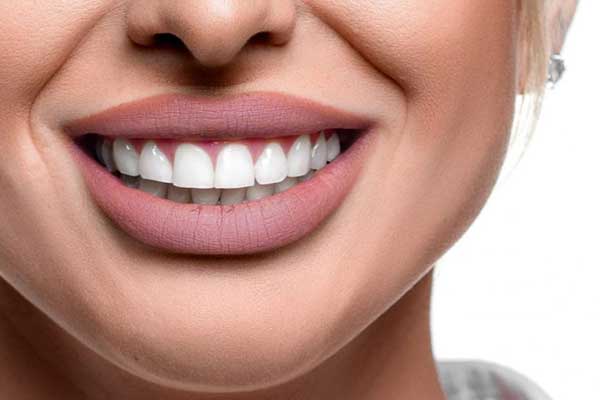
Dentist In Turkey Prices

Best Dentist Turkey

Best Dental Clinic
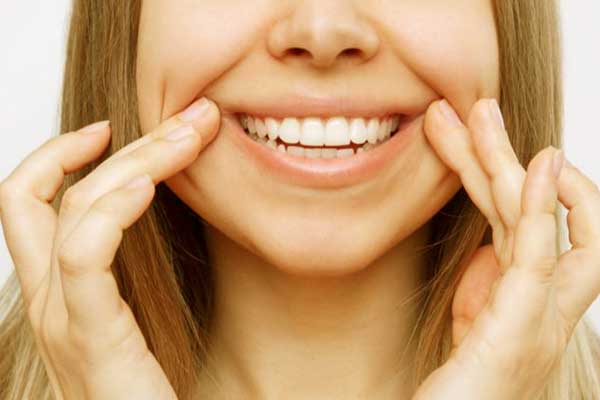
Hollywood Smile

Before And After Dental Photos
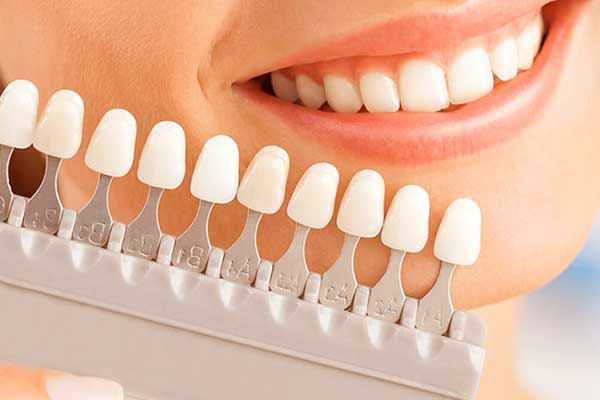
Dental Reviews
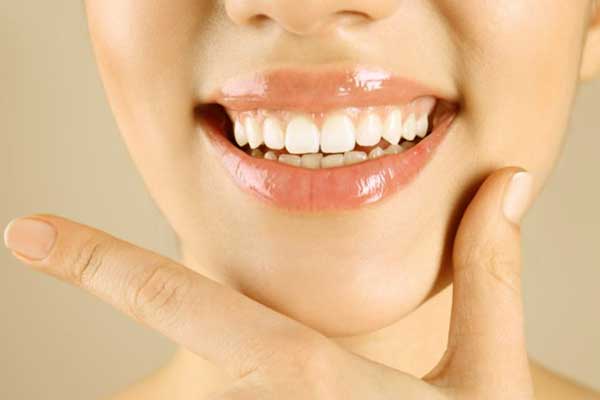
Dental Treatment

Dental Implants

Veneers In Turkey

Dental Crowns

We strive to provide a high level of exceptional service that we expect personally


